
PROJECT GOAL
Help teachers learn their students' names more effectively.
PROJECT BACKGROUND
Rosters was an idea that evolved from a design interview exercise. My responsibilities included user research, visual design, and motion design.
This is an unsolicited design of a nonexistent Google product. All information in this case study is my own and does not necessarily reflect the views of Google.
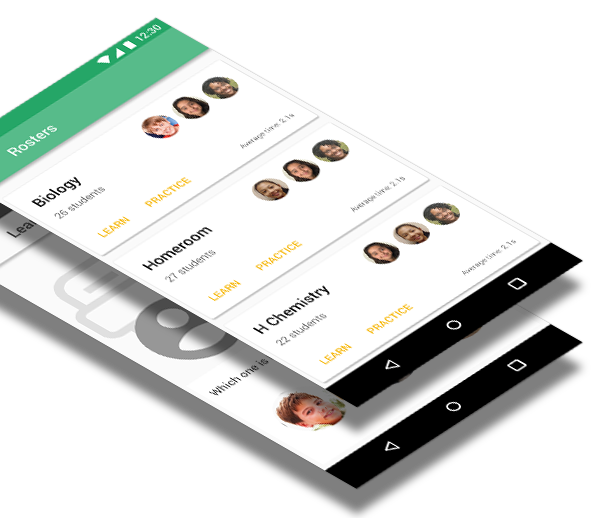
TEAM
1 Product Designer (me)
TARGET AUDIENCE
Elementary school teachers
SOLUTION
Create a mobile app experience that helps teachers learn the names of their students, using loci method cues.
RESULT
A better first day experience for both teachers and students to foster familiarity.
DISCOVERY
Learning names is built on a foundation of meetings and interactions with the student(s) until complete memorization. But in the beginning of the school year, teachers lack the experiences needed to sufficiently form a mental connection between a student’s name and face.
How can we design an experience that helps teachers learn their student names more effectively earlier in the year?

EXPLORATION
I needed to learn how teachers approached memorization. I wanted to build a contextual understanding of the pain points of learning student names as a teacher.
I also wanted to learn how experts optimized their memorization at a competitive level. Perhaps their techniques could be applied in the classroom.
Quick & dirty user research
How do teachers learn?
I reached out to 4 teachers from both my local and extended network to get some contextual inquiry about how they learned names in the classroom settings, especially during the beginning of the school year.
Questions included:
- How many names and faces do you have to memorize?
- How do you remember names and faces?
- What kind of aids or tools do you use to remember names? (If any?)
- How long does it take for you to remember everyone's names?
How do memory experts learn?
The loci method is a mental grouping technique used by professional memory athletes to quickly learn names and faces. Loci involves associating a name or object with spatial or environmental cues to make remembering them easier.
Memory professionals like Nelson Dellis (pictured below) have demonstrated that it is more effective to recall information with the loci method than it is without. Read more about how experts like Deliis train their brains.

Directly interviewing teachers only validated the challenge prompt, but it also revealed why teachers struggled. We learned that teachers relied on various cues to learn the names and faces of students.
User interviews revealed 3 types of cues:
- Visuals - Picture, image, or environment.
- Audio - Sounds, Noises or Music
- Verbiage - Word association, spoken or written.
Based on our research, teachers would have the best chance at remember a student’s name if they utilized all three types of cues.
Research Insights
- Insight 1: Train teachers with cues.
- Teachers look for cues in real life. How might we provide more cues to remember a student’s name?
- Teachers look for cues in real life. How might we provide more cues to remember a student’s name?
- Insight 2: Encourage vocal repetition.
- Vocal repetition was a common practice. How might we leverage this familiar behavior?
- Vocal repetition was a common practice. How might we leverage this familiar behavior?
- Insight 3: Inform them of their progress.
- Progress helps challenge teachers, but also gets them quicker to complete memorization. How might we share progress?
- Progress helps challenge teachers, but also gets them quicker to complete memorization. How might we share progress?
Develop/Ideation
Choosing a roster to learn
We started to develop a basic organization structure for teachers with multiple classes. Teachers would select a class roster, then start learning.
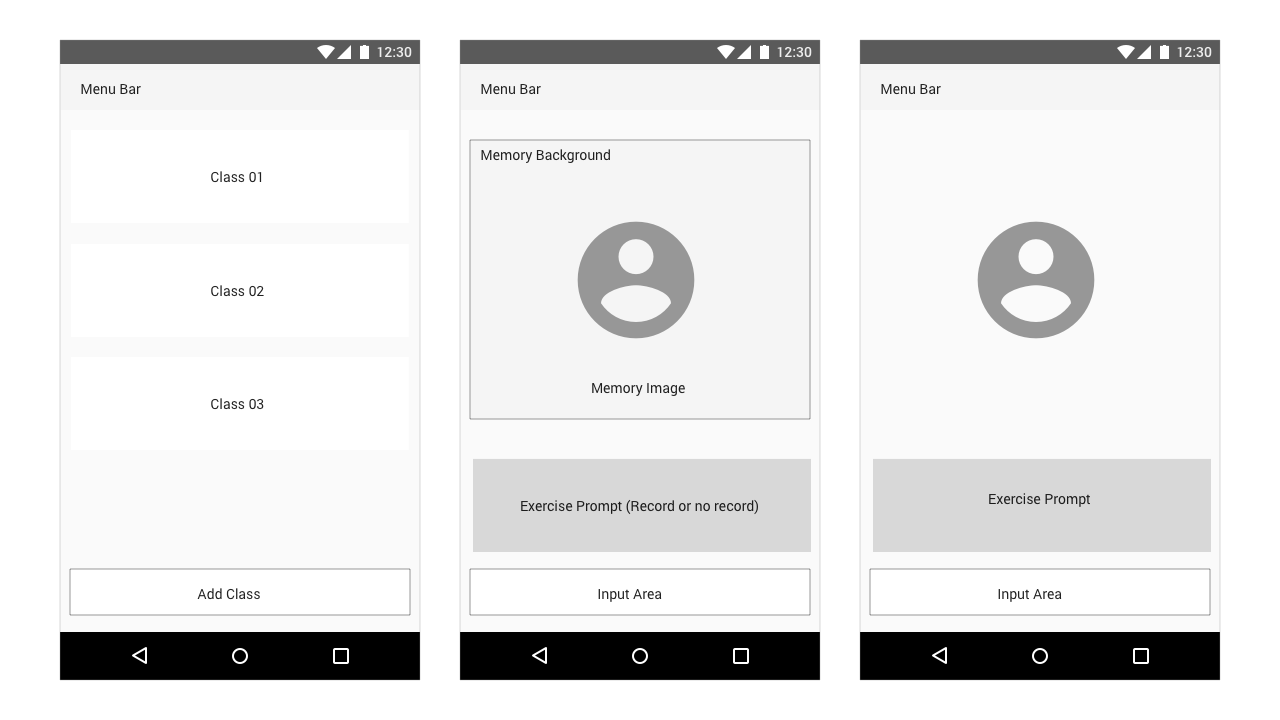
Training Flow
Beneath the flashcard experience, Rosters would be listening for input at the right moment.
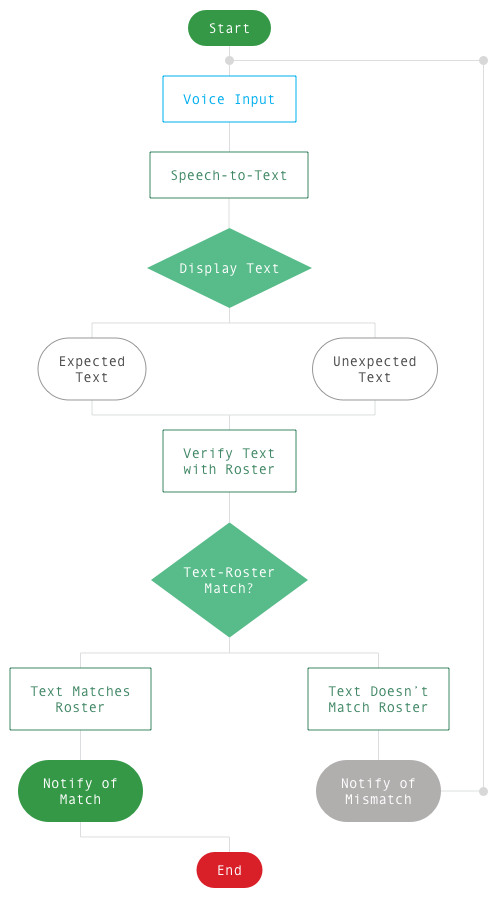
Adapting Loci using visual cues
Our approach to each memory training was inspired by the Loci method. Each memory grouping exercise has 3 visual cues that will be presented to users to learn and associate.

Spatial Cue
Clues that identify a location.
ex. living room, bathroom.
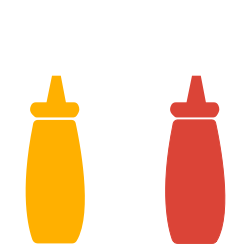
Environmental Cue
Objects that exist inside the Spatial Cue.

Target Cue
The detail you’re trying to recall, such as a name or a face, that is associated with the Spatial and Environmental cue.
Combining the Visual Cues...

Showing Progress
As you progress, Roster reintroduces previous memory exercises with fewer cues. Roster will gradually remove visual cues, until you’re left with just the student face.
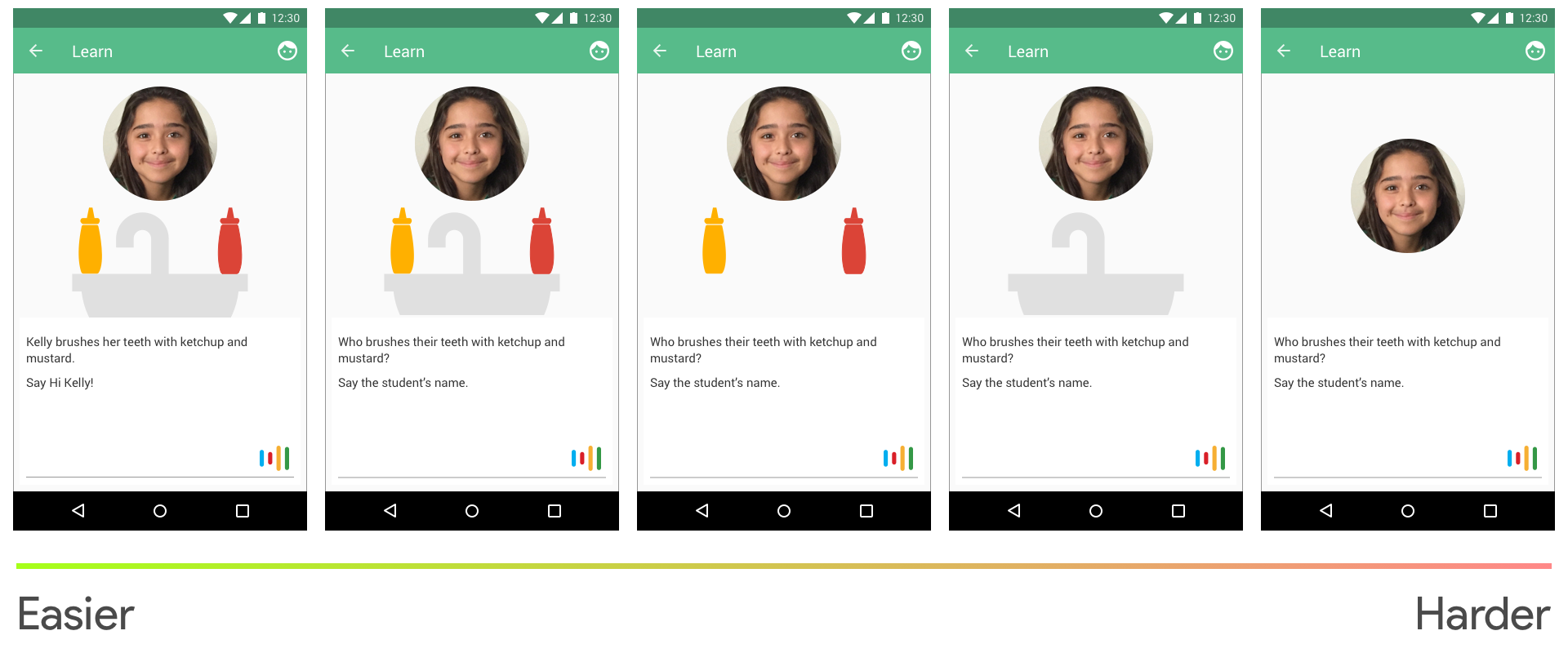
The Voice
Using speech to associate verbal cues
Teachers revealed that saying students’ names out loud made remembering easier, indicating speech as a powerfully contextual cue to learning names. As a result, Rosters relies heavily on speech as an interactive medium.
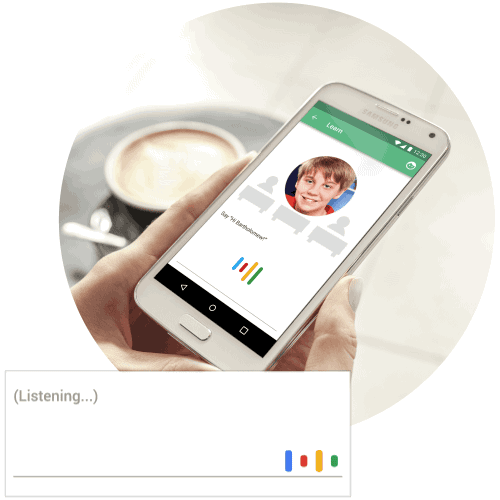
Final Designs

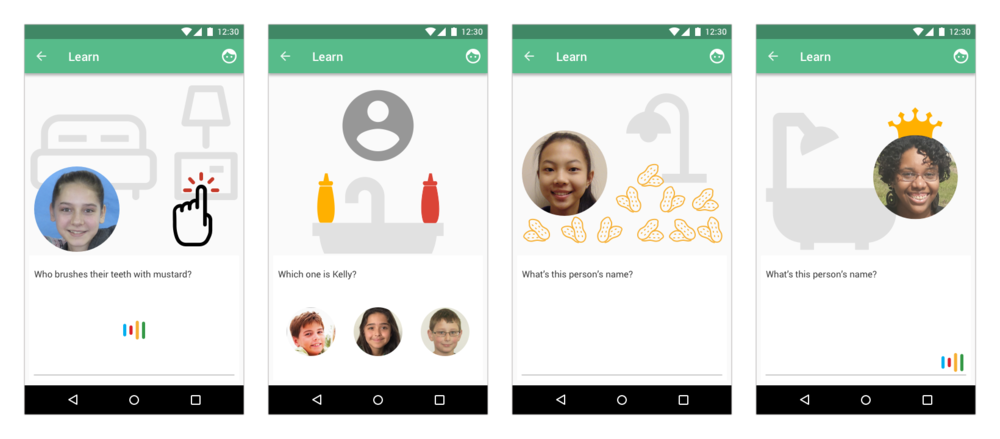

More projects
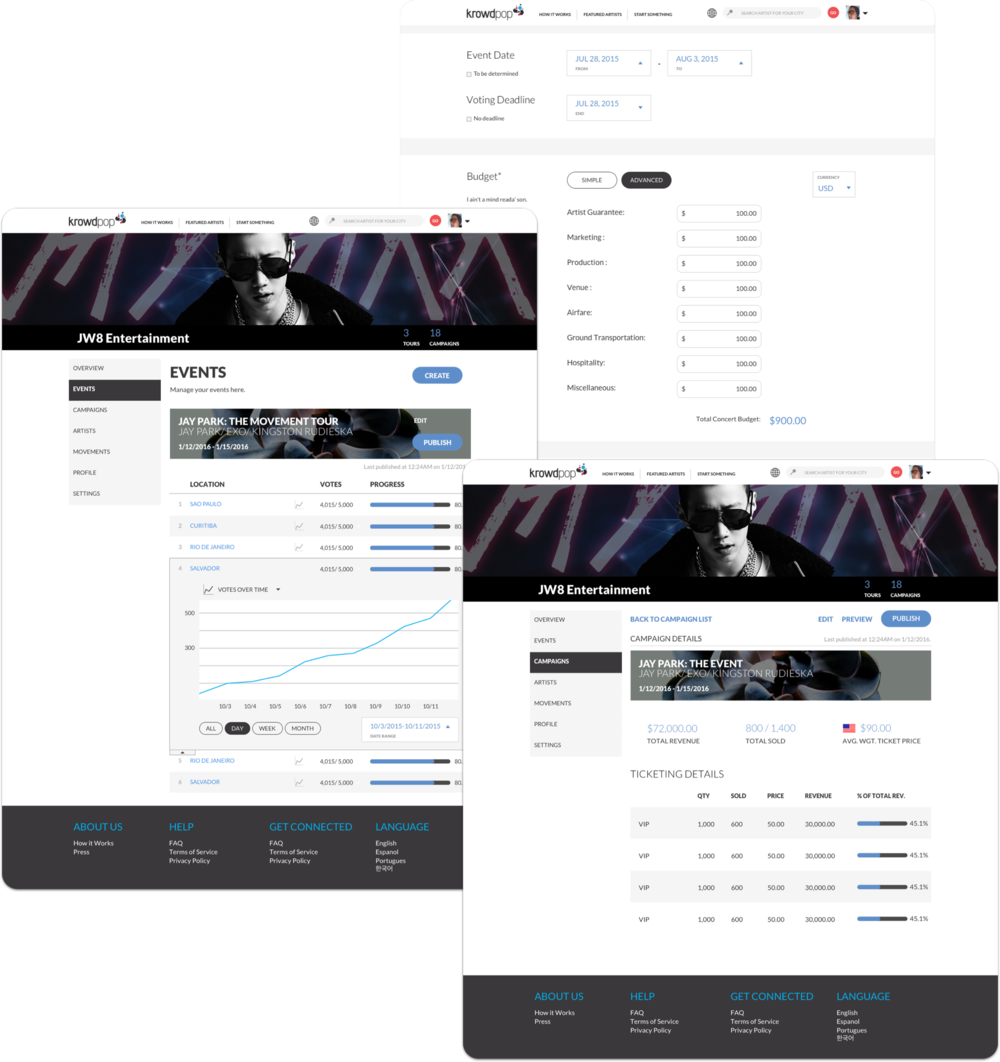
KrowdpopCrowdfunding, Analytics platform
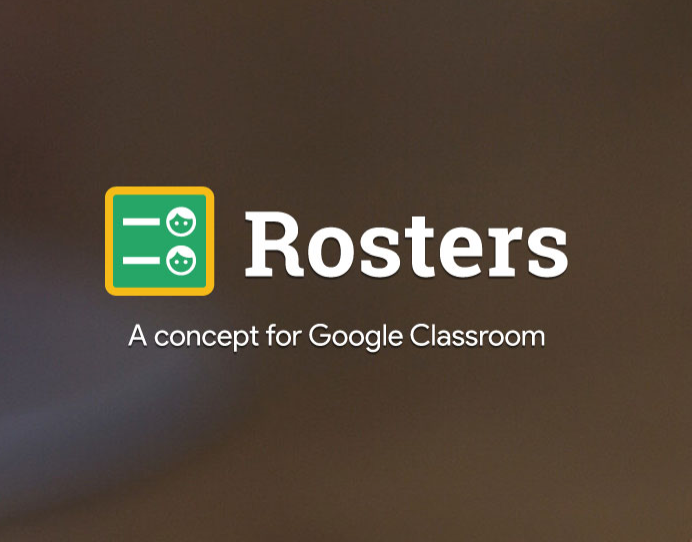
Google RostersEducational Mobile App